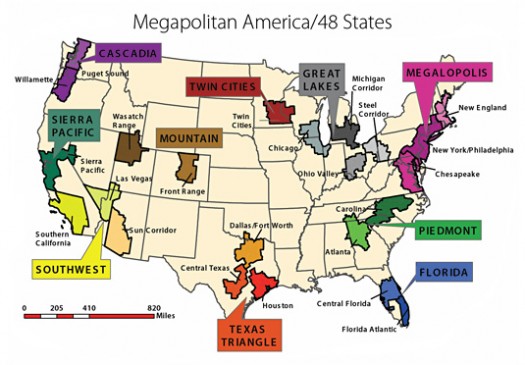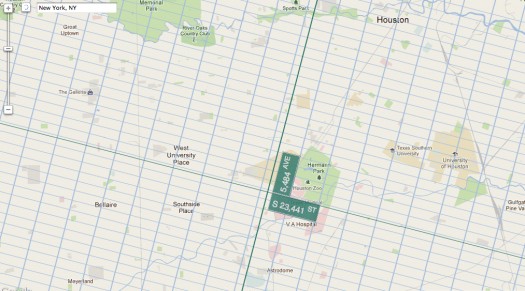
We are celebrating 15 years — and counting — of stories that are deeply researched and deeply felt, that build a historical record of what the city has been.
We are celebrating 15 years — and counting — of stories that are deeply researched and deeply felt, that build a historical record of what the city has been.
PREFAB YARDS
SHoP Architects and developer Bruce C. Ratner this week unveiled designs for the first Atlantic Yards tower, a 32-story, 350-unit building that will be the world’s tallest prefabricated steel structure. SHoP has worked with ARUP and XSite Modular to develop a bracing structure that will ensure stability and safety for the modular building at a reasonable cost. The use of prefabrication reduces waste, costs and construction time — which all sounds good, except to workers who might see fewer jobs or lower wages than promised, adding more friction to the project’s already contentious debate about jobs. Though the research and technological development of this bracing system is sure to change the game for the application of modular construction moving forward (the tallest prefab structure currently standing is 25 stories, in Wolverhampton, England), Ratner may still choose to build this first tower using more conventional methods — though the Times reminds us that there are fourteen more buildings planned for the site, including a 50-story structure expected to be the second tower built, any or all of which might be constructed modularly. For more, see The New York Times, with more renderings on CurbedNY, and more questions about time frame, affordable housing and jobs raised by this latest announcement on Atlantic Yards Report.

The 10 megapolitan clusters and 23 megapolitan areas of the contiguous 48 states by 2040 | Adapted for Places from map by Grace Bjarnson, Metropolitan Research Center, University of Utah / Brookings Mountain West
MEGAPOLITAN AMERICA
Is the U.S. a nation of megapolitan regions? This week in Places, Robert E. Lang and Arthur C. Nelson question the misconception that America is a low density country in an effort to argue for planning policies that more accurately reflect our nation’s settlement patterns. By excluding park lands and areas that are totally unpopulated from the density calculations, they’ve identified ten megaregions that encompass the majority of the population, and are continuing to grow, with densities that rival Western Europe and even Asia in parts. Recognizing these clusters of economic activity and population density for what they are, the authors argue, calls for a reexamination of resource management, transportation planning and regional governance. Read the full piece.

Subway Construction | photo by Flickr user MTAPhotos.
MTA BLITZES
NYC Transit and the MTA are offering a new option to subway riders annoyed by weekend service delays and re-routings due to maintenance and construction. The MTA, in a plan being presented to their board’s transit committee next week, wants to experiment with shutting down full line segments on consecutive weekday nights (10pm to 5am) for repair “blitzes” that would concentrate and shorten inconvenience while speeding up construction time, improving worker safety and reducing costs. It’s a drastic change for a city used to 24/7 subway service, but a few nights of suspended service compared to weeks or months of weekend service changes seems like a reasonable tradeoff. Read more in the Daily News and on 2nd Ave. Sagas.
MAKING ROOM and THE GRID EXTENDED
Last week, Fred Bernstein published a review of our recent Making Room symposium. Continuing the coverage this week, Michael Kimmelman published a follow up in The New York Times‘ Critic’s Notebook. He reviews a couple of the projects more intensely, but focuses primarily on the work of Jonathan Kirschenfeld in the Bronx. He uses Kirschenfeld’s most recent Single Room Occupancy (SRO) project as a lens through which to view the difficulties of building an SRO in the city, the necessity of this housing type, as well as the neighborhood’s reaction to SROs. Read the full article here, and check out the videos on the Making Room website of the symposium if you didn’t make it.
Another of the Architectural League’s special projects that will surely capture the interest on all the urban enthusiasts reading the Omnibus these days is the League’s upcoming exhibition at the Museum of the City of New York (MCNY), The Unfinished Grid: Design Speculations for Manhattan. Eight visionary proposals, selected by a distinguished jury from over 120 submissions to the League’s international Call for Ideas, will be on view from December 5th, in a show that complements MCNY’s historical exhibition The Greatest Grid: The Master Plan for Manhattan: 1811-2011. While we get ready to contemplate the grid’s impact on the past, present and future of New York, ExtendNY has been busy applying the grid’s locational logic to every single point on the surface of the Earth. Imagine, as in the image below, if the ordinal system of streets and avenues made it all the way to Houston:

The Intersection of S 23,441 St and 5,484 Ave in a hypothetical extension of the Manhattan Street Grid
EVENTS and TO DOs
URBAN SUSTAINBILITY IN THE AGE OF CLIMATE JUSTICE: Drawing from his personal research in the metro Phoenix area, Andrew Ross, professor of Social and Cultural Analysis at NYU, will discuss issues pertaining to sustainability in core urban centers. Focusing on key concepts related to eco-friendly design in cities such as water management, urban growth, pollution and energy supply, he will show that solutions to climate change and efforts to create sustainable communities are fundamentally social rather than technical. Tonight, Friday, November 18, 5pm, at The Cooper Union.
BLOCK BY BLOCK: NEW YORK STREET HISTORIANS: On Sunday, UnionDocs will present a conversation among some of New York’s “modern-day storytellers… [whose] work is part of a tradition of ‘unofficial,’ ‘informal,’ underground’ and ‘alternative’ histories” of the city. The panel, curated by Nathan Kensinger, will include author Kevin Walsh of Forgotten New York; location scout Nick Carr of Scouting NY; urban explorer Moses Gates of All-City New York and walking tour guide Cindy VandenBosch of UrbanOyster. Sunday, November 20, 7:30pm, at UnionDocs.
GUIDE TO CONTEMPORARY NEW YORK CITY ARCHITECTURE: Author and architect John Hill, best known for his blog A Daily Dose of Architecture, has published a new guide to more than 200 new buildings that have come to New York City’s streets in the last decade or so. To celebrate the launch of the Guide to Contemporary New York City Architecture, Van Alen Books will host a party on Monday, November 21st. But first, Hill is offering a free copy of the book to the winner of his architecture trivia quiz on his website. Today’s the last day to enter — take the quiz by 11:59pm to qualify. Monday, November 21, 7pm, at Van Alen Books.
BRACKET CALL 3 – CALL FOR SUBMISSIONS: As part of their mission to encourage new forms of thinking revolving around cities, Bracket is constantly inviting the public to contribute to a platform of ideas based around the intersection of architecture, environment and digital culture. Their third issue, entitled Extremes, will explore the architectural, technological and infrastructural mechanisms that enable cities to function and, crucially, to manage an increasing variety and frequency of economic, ecological, infrastructural and social crises. February 20, 2012, is the deadline for submissions, via Bracket’s website.
The Roundup keeps you up to date with topics we’ve featured and other things we think are worth knowing about.
The views expressed here are those of the authors only and do not reflect the position of The Architectural League of New York.